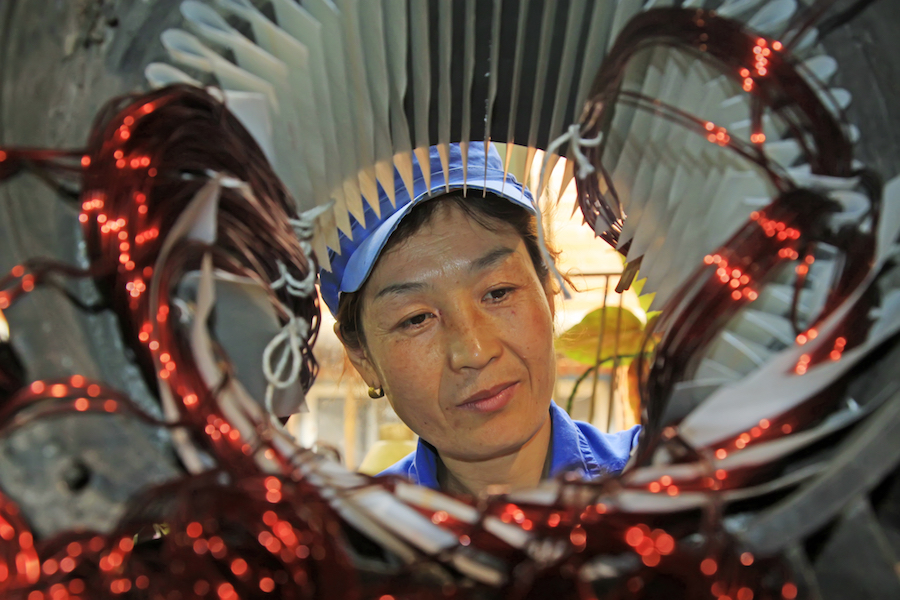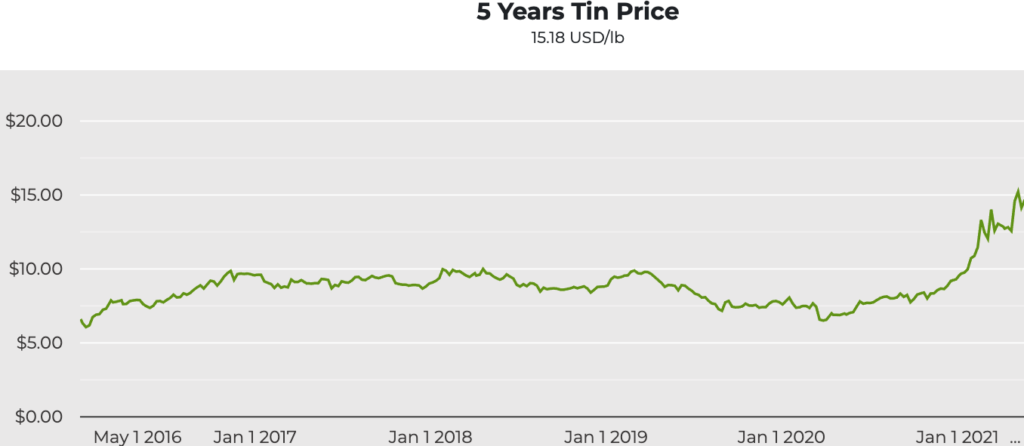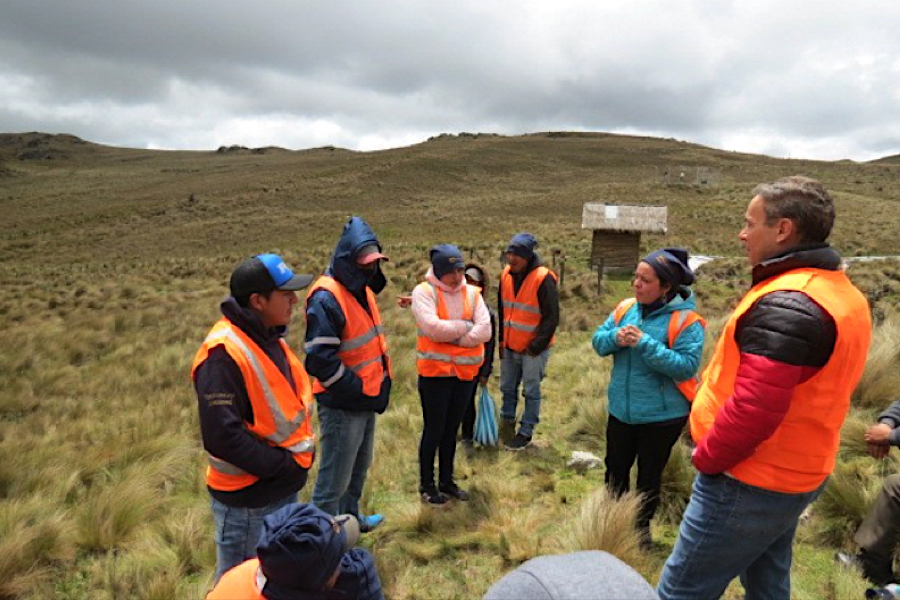Chinese factory data disappoints amid rising metal prices

A reading of official Chinese purchasing managers’ indexes (PMIs) for May shows that despite activity nudging up from 53.8 to 54.2, supply shortages are pushing up prices even as final demand for manufactured goods appears to be levelling off, according to a research note by London-based Capital Economics.
Contrary to expectations, the official manufacturing PMI edged down from 51.1 in April to 51.0 in May, compared with the Bloomberg consensus of 51.2 and Capital Economics’ forecast for 51.3.
A PMI reading over 50, or 50%, indicates growth or expansion of the manufacturing sector as compared with the previous month, while a reading under 50 suggests contraction. A surprise higher reading has implications for the steelmaking industry, and by extension, the iron ore price.
“There continue to be signs of supply shortages in the survey breakdown, with delivery times lengthening further while firms had to dig deeper into their inventories for raw materials.”
“This is stoking price pressures – the price indices reached a record high this month, which point to a large month-on-month rise in producer prices.”
Two manufacturing PMI surveys are currently produced for China. First, the (unofficial) HSBC China PMI, compiled by Markit, has been conducted since April 2004. The second is a Chinese government-sponsored (official) PMI survey that has been produced by the China Federation for Logistics and Purchasing and the National Bureau of Statistics since January 2005.
In general, the investment community tends to treat official data releases from China with a measure of skepticism out of concern that figures may be tampered with by the government.
Interestingly, these supply-side issues did not prevent a rise in the output component, from 52.2 to 52.7, says Capital Economics.
“Now that the [Chinese] economy is already above its pre-virus trend, we think the pace of growth will wane this year. Tougher restrictions on real estate developer financing and less supportive fiscal policy will probably weigh on construction in the coming months.
“And foreign demand for Chinese consumer goods is likely to fall back over the coming quarters as vaccine rollouts allow global consumption patterns to return closer to normal.”
Higher prices
Iron ore prices rose on Monday amid support from increasing billet prices in China over the weekend and a potential easing of restrictions on steelmaking in Tangshan. Benchmark 62% Fe fines imported into Northern China (CFR Qingdao) were up 4.25%, changing hands for $198.83 a tonne, according to Fastmarkets MB.
The Shanghai copper price registered a second consecutive month of gains on Monday as prices firmed on a potential supply threat in Chile and massive US infrastructure spending plans. The most-traded July copper contract on the Shanghai Futures Exchange closed 0.9% up at 73,950 yuan ($11,617.68) a tonne for a 2.1% monthly gain.
Meanwhile, tin prices on the LME achieved fresh ten-year highs on May 28, rising 3% to over $30,000 per tonne, and up 4.3% for the week.

China’s Yunnan province is currently experiencing power outages affecting smelters. The International Tin Association estimates that smelters will shut for about 10 to 20 days, impacting about 1,000 tonnes to 2,000 tonnes of refined production.
Earthquakes following a volcanic eruption in Congo are also disrupting exports of tin concentrate from mineral-rich North Kivu province, with Congo accounting for 8% of the world’s tin concentrate.
{{ commodity.name }}
{{ post.title }}
{{ post.date }}

Comments